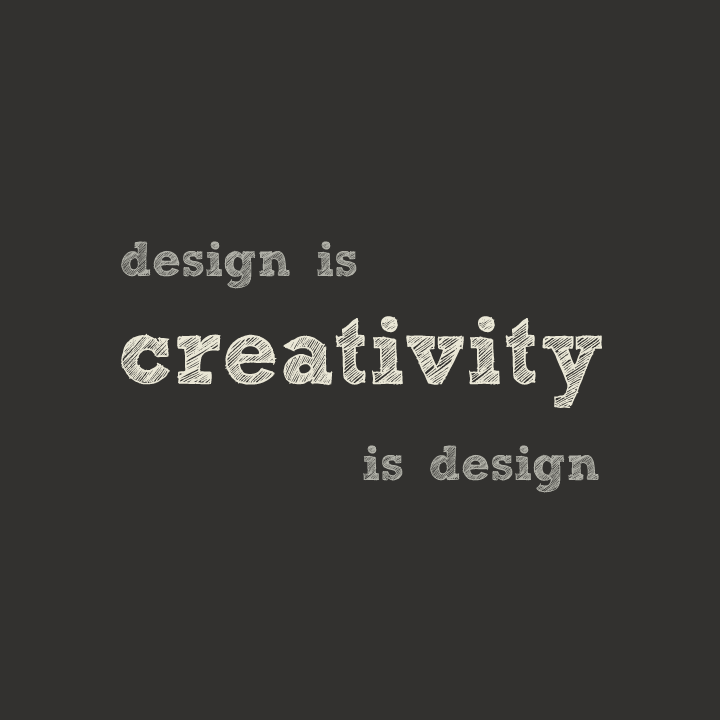
There is a question that always arises at some point in the web design process; How does design relate to the functionality of the website? Whether it arrives in the form of the client querying the use of colour, icons or imagery or the front-end developer thinking about the aesthetics of how to incorporate a function into the page, it fundamentally comes down to the perceived role of design.
It is unfortunate that as creative web design professionals we shouldn’t need to, we have to increasingly ask ourselves; How important is design on the internet?
This is not an attempt to address the global cultural, philosophical and practical questions of design, which have been covered in a myriad of textbooks and web articles over the years. It is merely a personal snapshot view of how it affects the development of the web and why client expectations have become so low.
If we think back to the birth of the internet, there was little design to speak of. Information was laid out as plain pages with only the merest hint of HTML formatting to lay out headings and paragraphs. That worked fine; in fact it still works fine for Wikipedia and to a lesser extent of late, for Google. There has also been a growing tendency towards minimalism in web design as the emphasis moved to the simple and stripped down delivery of content, exemplified by the recent “Flat Design” movement. Read more about this Here:
This could be seen as a reaction to the overblown, often over designed Flash sites that sprung up, (although to be fair, there were some stunningly brilliant pieces of work done in Flash that still stand up) or as a mirror to the global domination of the brilliant but excruciatingly simple design foisted upon the world by Apple and Jonathan Ive. However you view this stripping back of design elements, it is still design.
Probably the biggest influence has been the growth of WordPress. It is not difficult to see why. The base program is free and apart from the fact that there are thousands of perfectly adequate free templates out there, the amount of well designed low cost professional “Themes” has driven down the need to design.
As always, there are two arguments here:
One; that this democratisation and easy accessibility of good design allied with great functionality means that the design bar is raised and we should all expect better work. At the same time, the entry requirements to the internet are lowered. Clients no longer have an excuse for a poor website when $40 and some time will buy them a “professional” web presence.
Two; that the hegemony of WordPress themes and a grudging reluctance to pay for any kind of bespoke design, results in a blinkered acceptance of a bland design aesthetic. The most disheartening manifestation of all this is the fact that a growing number of self-styled “web designers” use a WordPress theme for their own sites. Very often with the bare minimum of their own design input.
While it is always a positive thing to see the general proliferation of better, if largely predictable design, it has to be noted that there is a certain blandness creeping in. Driven partly by current design trends, the lazy use of templated themes and the growing need for Responsive design, whereby the display of content on a smartphone or small tablet is nearly always going to be restricted to a single column of text.
Fortunately, those who not follow the flock are doing great work. Flat design and its cousin parallax scrolling, did usher in a new approach and resulted in fresh pleasingly modern designs and technology has given us tools to develop smooth and engaging user experiences. From these jumping off points, web designers and developers should put more effort into educating clients to the rewards of good design.
As designers, we need to work hard to convey the message to the client that the use of effective, appealing design presents their public image and dictates the perceptions that customers will have of their brand and their company. That by using graphic design as part of an overall marketing strategy, businesses can ensure they maximise the return on their advertising budget. Do web designers believe this strongly enough?
The inescapable core of the problem is that content always has been and still is king. Delivering the message is the most important goal for a webpage but it is the method and channels of delivery that have now changed. We don’t want to see a return to 1997 and the use of multicoloured text on a black background masquerading as design. As the web becomes more omnipresent in everyday life, its importance grows as part of the daily visual landscape. Clients and their web designers need to understand that the vision that they present to the world via the the user’s display has the possibility of influencing how people experience their surroundings.
This is not to overstate the case. Everything we experience is design, whether man-made or natural. Design and creativity are agents for change and should be at the core of everything we do. A lofty ideal but the internet with its inherent interactive interface is where users meet technology and that experience should be the seamless joining of the online world and their environment. We all have a role in shaping that.